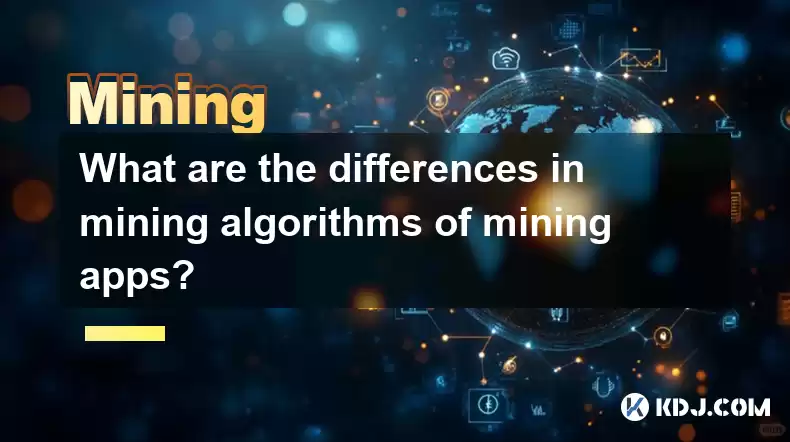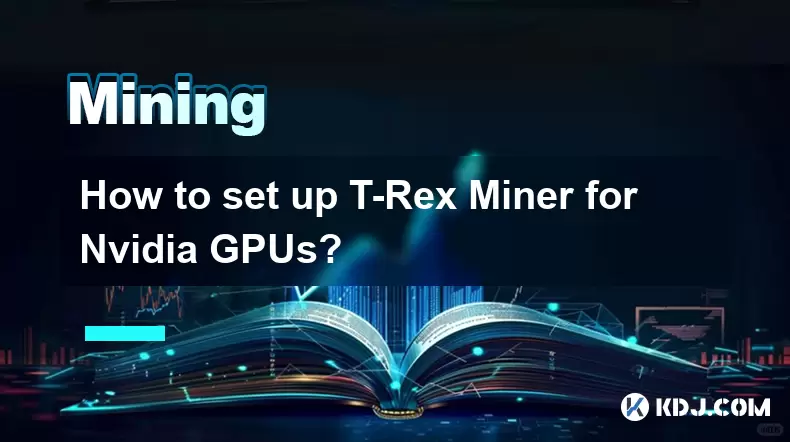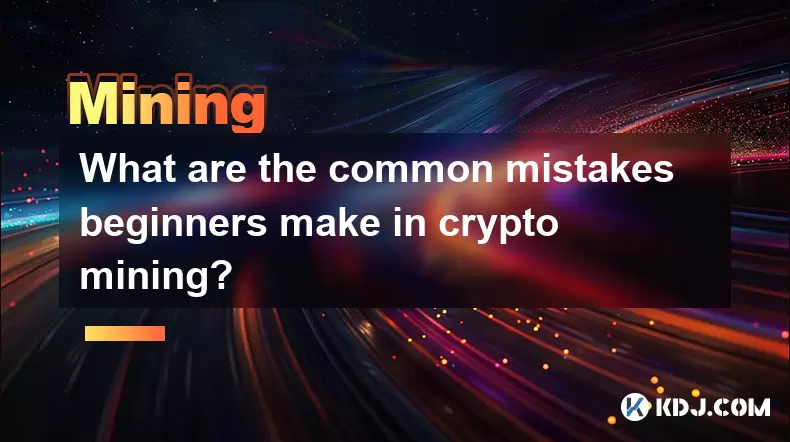-
 Bitcoin
Bitcoin $116900
0.00% -
 Ethereum
Ethereum $4280
5.48% -
 XRP
XRP $3.265
-1.45% -
 Tether USDt
Tether USDt $1.000
-0.01% -
 BNB
BNB $807.0
1.41% -
 Solana
Solana $183.1
2.93% -
 USDC
USDC $0.9999
0.00% -
 Dogecoin
Dogecoin $0.2440
6.50% -
 TRON
TRON $0.3357
-0.88% -
 Cardano
Cardano $0.8178
2.63% -
 Hyperliquid
Hyperliquid $44.13
7.45% -
 Chainlink
Chainlink $21.39
9.09% -
 Stellar
Stellar $0.4524
-0.84% -
 Sui
Sui $3.957
2.13% -
 Bitcoin Cash
Bitcoin Cash $572.7
-2.54% -
 Hedera
Hedera $0.2671
1.54% -
 Avalanche
Avalanche $24.77
4.17% -
 Ethena USDe
Ethena USDe $1.001
0.02% -
 Litecoin
Litecoin $122.3
-1.94% -
 Toncoin
Toncoin $3.432
2.26% -
 UNUS SED LEO
UNUS SED LEO $9.007
0.49% -
 Shiba Inu
Shiba Inu $0.00001396
5.26% -
 Uniswap
Uniswap $11.09
1.64% -
 Polkadot
Polkadot $4.155
4.57% -
 Dai
Dai $1.000
0.00% -
 Pepe
Pepe $0.00001253
5.11% -
 Cronos
Cronos $0.1588
2.67% -
 Bitget Token
Bitget Token $4.512
0.05% -
 Monero
Monero $275.0
0.64% -
 Ethena
Ethena $0.7527
15.10%
What are the differences in mining algorithms of mining apps?
Mining app algorithms, like Proof-of-Work (PoW) and Proof-of-Stake (PoS), differ significantly in their computational processes, hardware requirements (ASICs vs. GPUs/CPUs), energy consumption, and ultimately, profitability.
Mar 21, 2025 at 03:14 pm

What are the differences in mining algorithms of mining apps?
Mining apps offer various approaches to cryptocurrency mining, each employing distinct algorithms. Understanding these differences is crucial for choosing the right app and maximizing efficiency. The core difference lies in the computational processes used to solve complex mathematical problems, ultimately validating transactions and adding new blocks to the blockchain. This impacts the type of hardware needed, energy consumption, and overall profitability.
One prominent algorithm is Proof-of-Work (PoW). This method requires miners to solve computationally intensive cryptographic puzzles. Successful solvers are rewarded with newly minted cryptocurrency. Bitcoin, for instance, utilizes a variation of the SHA-256 PoW algorithm. This requires specialized ASIC (Application-Specific Integrated Circuit) hardware for optimal performance. The energy consumption is high, a significant factor to consider.
Another popular algorithm is Proof-of-Stake (PoS). In contrast to PoW, PoS doesn't rely on solving complex mathematical problems. Instead, miners, or "validators," are selected based on the amount of cryptocurrency they stake. The more cryptocurrency staked, the higher the chance of being selected to validate transactions and earn rewards. This approach is significantly more energy-efficient than PoW. Examples include Cardano (Ouroboros) and Solana.
Equihash is a memory-hard algorithm, designed to resist ASIC mining dominance. This means that GPUs (Graphics Processing Units) remain competitive, offering a more accessible entry point for miners with less capital. Zcash uses Equihash, making it a relatively decentralized cryptocurrency compared to those dominated by ASIC miners. This algorithm prioritizes memory usage over processing power, creating a different landscape for mining hardware requirements.
CryptoNight is another algorithm that aims to level the playing field against ASICs. It favors CPUs (Central Processing Units) and GPUs, making it accessible to a wider range of miners. Monero employs CryptoNight, emphasizing its commitment to decentralization and accessibility. The algorithm's design focuses on making it computationally expensive for specialized hardware to gain an advantage.
Scrypt is a memory-hard algorithm designed to be ASIC-resistant, similar to Equihash. It uses significant amounts of RAM (Random Access Memory) during the mining process. Litecoin initially used Scrypt, although ASICs eventually gained a foothold. The algorithm’s memory-intensive nature attempted to create a more even distribution of mining power.
The choice of mining algorithm significantly affects the mining process's profitability and energy consumption. The hardware requirements vary drastically depending on the algorithm's design. For example, PoW algorithms often necessitate expensive and energy-intensive ASICs, while PoS algorithms generally require less powerful hardware and consume far less energy. Understanding these differences is key to making informed decisions about which mining app and cryptocurrency to pursue.
- Algorithm Selection: The app's algorithm directly influences the hardware needed and the mining process's energy efficiency.
- Hardware Compatibility: Check if your hardware (CPU, GPU, ASIC) is compatible with the app's chosen algorithm. PoW often needs ASICs, while PoS and some memory-hard algorithms are more GPU/CPU friendly.
- Energy Consumption: PoW algorithms are notorious for high energy consumption, impacting both cost and environmental considerations. PoS is significantly more energy-efficient.
- Profitability: The profitability of mining depends on several factors, including the algorithm, the cryptocurrency's value, difficulty, and the hardware's efficiency. It's essential to analyze these factors before investing.
- Pool Participation: Many mining apps allow joining mining pools, which share computing power and distribute rewards proportionally. This can increase consistency in earning rewards, particularly for less powerful hardware.
Frequently Asked Questions:
Q: What is the most profitable mining algorithm?
A: There's no single "most profitable" algorithm. Profitability depends on several factors, including the cryptocurrency's price, network difficulty, the cost of electricity, and the hardware's efficiency. A profitable algorithm today might become less so tomorrow due to these fluctuating factors.
Q: Are all mining algorithms environmentally friendly?
A: No. Proof-of-Work algorithms, like Bitcoin's SHA-256, are known for high energy consumption, raising significant environmental concerns. Proof-of-Stake algorithms are considerably more energy-efficient.
Q: What is the difference between ASIC and GPU mining?
A: ASICs (Application-Specific Integrated Circuits) are designed specifically for cryptocurrency mining and offer significantly higher hash rates than GPUs (Graphics Processing Units). However, ASICs are usually more expensive and less versatile. GPUs can be used for other tasks besides mining.
Q: Which algorithm is best for beginners?
A: Algorithms like those used by Monero (CryptoNight) and other memory-hard algorithms are often considered more accessible to beginners as they are less dominated by expensive, specialized ASIC hardware. However, profitability remains dependent on many other factors.
Q: Can I mine cryptocurrencies using only my CPU?
A: Yes, you can mine some cryptocurrencies using only your CPU, although the profitability will likely be low, particularly compared to using specialized hardware like GPUs or ASICs. Algorithms like CryptoNight are more CPU-friendly, but competition is still fierce.
Q: What is the role of mining pools in mining apps?
A: Mining pools combine the computing power of multiple miners to increase their chances of solving a block and earning rewards. The rewards are then distributed amongst pool members proportionally to their contributed hash rate. This is particularly beneficial for individuals with less powerful hardware.
Q: How does the difficulty of an algorithm affect mining profitability?
A: As the network's difficulty increases (meaning more miners are competing), the chance of successfully mining a block decreases, impacting profitability. Difficulty adjusts automatically to maintain a consistent block generation time. A higher difficulty means you need more powerful hardware or a larger pool to maintain similar profitability.
Q: What are the security implications of different mining algorithms?
A: The security of a cryptocurrency is influenced by its algorithm. Algorithms resistant to ASIC mining, such as Equihash and CryptoNight, are often considered more secure due to their decentralized nature and reduced risk of control by large mining operations. However, security also depends on other factors beyond just the mining algorithm.
Disclaimer:info@kdj.com
The information provided is not trading advice. kdj.com does not assume any responsibility for any investments made based on the information provided in this article. Cryptocurrencies are highly volatile and it is highly recommended that you invest with caution after thorough research!
If you believe that the content used on this website infringes your copyright, please contact us immediately (info@kdj.com) and we will delete it promptly.
- Penny Crypto Dreams: Can XRP Reach $10,000? A Look at LILPEPE and the Meme Coin Mania
- 2025-08-10 04:50:11
- World Liberty Financial's $1.5B Fundraise: What's the Deal with the WLFI Token?
- 2025-08-10 04:30:12
- Ozak AI, Tokens, and Investment: What's the Buzz?
- 2025-08-10 04:35:15
- Pepe Coin Price Prediction: Will the Memecoin Frog Leap to 100x Gains?
- 2025-08-10 04:50:11
- Solana Meme Coin Presales: Hype or the Next Big Thing?
- 2025-08-10 02:50:12
- Pi Network, Altcoin Season, and Breakout Tokens: What's Hot in 2025?
- 2025-08-10 02:50:12
Related knowledge

How to set up T-Rex Miner for Nvidia GPUs?
Aug 10,2025 at 12:07am
Understanding T-Rex Miner and Its Compatibility with Nvidia GPUsT-Rex Miner is a high-performance mining software designed specifically for Nvidia GPU...

What is "proof-of-work" and how does it relate to mining?
Aug 07,2025 at 02:03pm
Understanding the Concept of Proof-of-WorkProof-of-work (PoW) is a consensus mechanism used in blockchain networks to validate transactions and secure...

What are the differences between mining on Windows vs. Linux?
Aug 06,2025 at 11:29pm
Overview of Cryptocurrency Mining PlatformsCryptocurrency mining involves using computational power to solve complex cryptographic puzzles and validat...

How to use an old computer for cryptocurrency mining?
Aug 07,2025 at 12:42pm
Understanding the Feasibility of Using an Old Computer for MiningUsing an old computer for cryptocurrency mining may seem outdated, but it is still te...

What are the common mistakes beginners make in crypto mining?
Aug 10,2025 at 12:01am
Choosing the Wrong Hardware Without ResearchOne of the most frequent errors new miners commit is purchasing mining hardware without conducting thoroug...

Can you mine cryptocurrency using solar power?
Aug 07,2025 at 12:00am
Understanding the Basics of Cryptocurrency MiningCryptocurrency mining involves validating transactions on a blockchain network by solving complex cry...

How to set up T-Rex Miner for Nvidia GPUs?
Aug 10,2025 at 12:07am
Understanding T-Rex Miner and Its Compatibility with Nvidia GPUsT-Rex Miner is a high-performance mining software designed specifically for Nvidia GPU...

What is "proof-of-work" and how does it relate to mining?
Aug 07,2025 at 02:03pm
Understanding the Concept of Proof-of-WorkProof-of-work (PoW) is a consensus mechanism used in blockchain networks to validate transactions and secure...

What are the differences between mining on Windows vs. Linux?
Aug 06,2025 at 11:29pm
Overview of Cryptocurrency Mining PlatformsCryptocurrency mining involves using computational power to solve complex cryptographic puzzles and validat...

How to use an old computer for cryptocurrency mining?
Aug 07,2025 at 12:42pm
Understanding the Feasibility of Using an Old Computer for MiningUsing an old computer for cryptocurrency mining may seem outdated, but it is still te...

What are the common mistakes beginners make in crypto mining?
Aug 10,2025 at 12:01am
Choosing the Wrong Hardware Without ResearchOne of the most frequent errors new miners commit is purchasing mining hardware without conducting thoroug...

Can you mine cryptocurrency using solar power?
Aug 07,2025 at 12:00am
Understanding the Basics of Cryptocurrency MiningCryptocurrency mining involves validating transactions on a blockchain network by solving complex cry...
See all articles

























































































